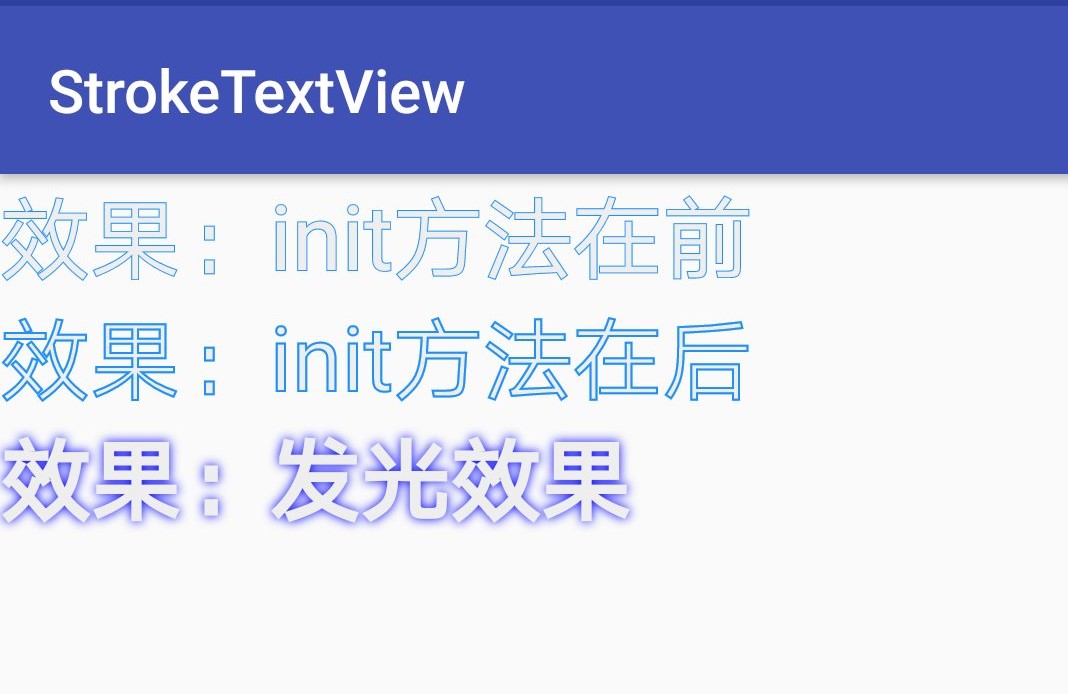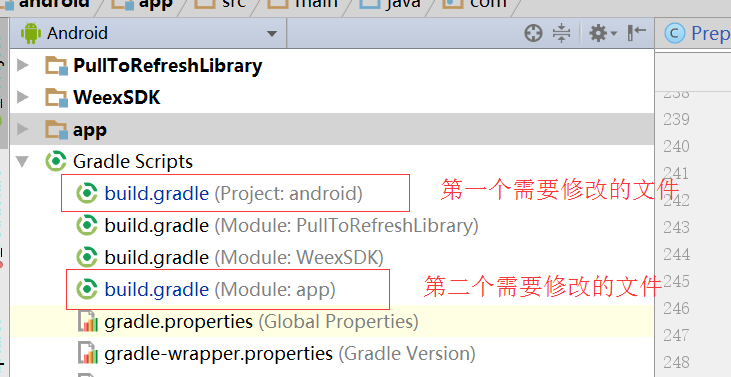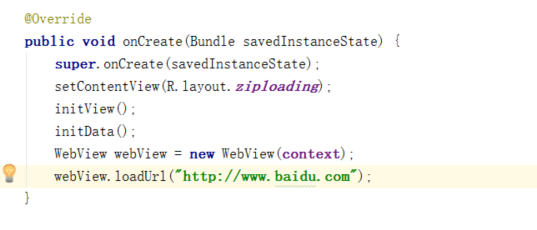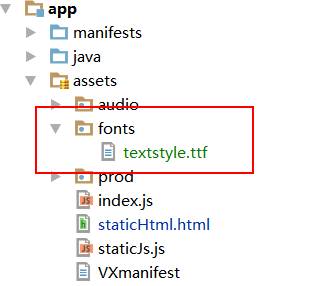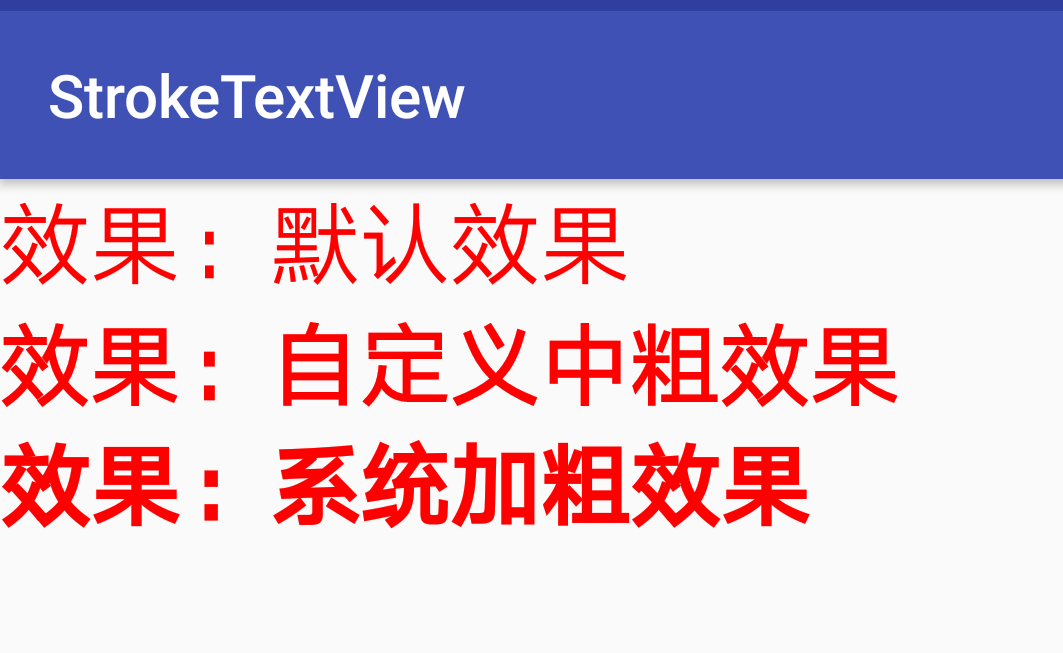我曾经在几个发送的图像后抛出一个OutOfMemoryError,但是我通过发送来解决了这个问题
options.inPurgeable = true;
和
options.inInputShareable = true;
到BitmapFactory.decodeByteArray方法.这使得像素“可释放”,因此新图像可以使用存储器.因此,错误不再存在.
但是,内部存储器仍然充满了图像,并且出现“空间不足:手机存储空间不足”的警告.应用程序完成后,应用程序不再崩溃,但手机上没有更多内存.我必须在设置>中手动清除应用的数据.应用程序>管理应用程序
我尝试回收位图,甚至尝试显式清空应用程序的缓存,但它似乎没有做我期望的.
此函数通过TCP套接字接收图片,将其写入SD卡并启动我的自定义Activity PictureView:
public void receivePicture(String fileName) {
try {
int fileSize = inStream.readInt();
Log.d("","fileSize:"+fileSize);
byte[] tempArray = new byte[200];
byte[] pictureByteArray = new byte[fileSize];
path = Prefs.getPath(this) + "/" + fileName;
File pictureFile = new File(path);
try {
if( !pictureFile.exists() ) {
pictureFile.getParentFile().mkdirs();
pictureFile.createNewFile();
}
} catch (IOException e) { Log.d("","Recievepic - Kunde inte skapa fil.",e); }
int lastRead = 0,totalRead = 0;
while(lastRead != -1) {
if(totalRead >= fileSize - 200) {
lastRead = inStream.read(tempArray,fileSize - totalRead);
System.arraycopy(tempArray,pictureByteArray,totalRead,lastRead);
totalRead += lastRead;
break;
}
lastRead = inStream.read(tempArray);
System.arraycopy(tempArray,lastRead);
totalRead += lastRead;
}
bufferedoutputstream bos = new bufferedoutputstream(new FileOutputStream(pictureFile));
bos.write(pictureByteArray,totalRead);
bos.flush();
bos.close();
bos = null;
tempArray = null;
pictureByteArray = null;
setSentence("<"+fileName+">",READER);
Log.d("","path:"+path);
try {
startActivity(new Intent(this,PictureView.class).putExtra("path",path));
} catch(Exception e) { e.printstacktrace(); }
}
catch(IOException e) { Log.d("","IOException:"+e); }
catch(Exception e) { Log.d("","Exception:"+e); }
}
这是PictureView.它从SD卡上的文件创建一个byte [],将数组解码为Bitmap,压缩Bitmap并将其写回SD卡.最后,在Progress.ondismiss中,图片被设置为全屏imageView的图像:
public class PictureView extends Activity {
private String fileName;
private ProgressDialog progress;
public ImageView view;
@Override
public void onCreate(Bundle bundle) {
super.onCreate(bundle);
Log.d("","onCreate() PictureView");
requestwindowFeature(Window.FEATURE_NO_TITLE);
getwindow().setFlags(WindowManager.LayoutParams.FLAG_FULLSCREEN,WindowManager.LayoutParams.FLAG_FULLSCREEN);
view = new ImageView(this);
setContentView(view);
progress = ProgressDialog.show(this,"","Laddar bild...");
progress.setondismissListener(new OndismissListener() {
public void ondismiss(DialogInterface dialog) {
File file_ = getFileStreamPath(fileName);
Log.d("","SEtimage");
Uri uri = Uri.parse(file_.toString());
view.setimageURI(uri);
}
});
new Thread() { public void run() {
String path = getIntent().getStringExtra("path");
Log.d("","path:"+path);
File pictureFile = new File(path);
if(!pictureFile.exists())
finish();
fileName = path.substring(path.lastIndexOf('/') + 1);
Log.d("","fileName:"+fileName);
byte[] pictureArray = new byte[(int)pictureFile.length()];
try {
DataInputStream dis = new DataInputStream( new BufferedInputStream(
new FileInputStream(pictureFile)) );
for(int i=0; i < pictureArray.length; i++)
pictureArray[i] = dis.readByte();
} catch(Exception e) { Log.d("",""+e); e.printstacktrace(); }
/**
* Passing these options to decodeByteArray makes the pixels deallocatable
* if the memory runs out.
*/
BitmapFactory.Options options = new BitmapFactory.Options();
options.inPurgeable = true;
options.inInputShareable = true;
Bitmap pictureBM =
BitmapFactory.decodeByteArray(pictureArray,pictureArray.length,options);
OutputStream out = null;
try {
out = openFileOutput(fileName,MODE_PRIVATE);
/**
* COMPRESS !!!!!
**/
pictureBM.compress(CompressFormat.PNG,100,out);
pictureBM = null;
progress.dismiss(); }
catch (IOException e) { Log.e("test","Failed to write bitmap",e); }
finally {
if (out != null)
try { out.close(); out = null; }
catch (IOException e) { }
} }
}.start();
}
@Override
protected void onStop() {
super.onStop();
Log.d("","ONSTOP()");
Drawable oldDrawable = view.getDrawable();
if( oldDrawable != null) {
((BitmapDrawable)oldDrawable).getBitmap().recycle();
oldDrawable = null;
Log.d("","recycle");
}
Editor editor =
this.getSharedPreferences("clear_cache",Context.MODE_PRIVATE).edit();
editor.clear();
editor.commit();
}
}
当用户按下后退键时,应用程序内的图片不再可用.只是存储在SD卡上.
在onStop()中,我回收旧的Bitmap甚至尝试清空应用程序的数据.仍然出现“低空间”警告.如何在不需要图像时不再分配内存?
编辑:似乎问题是压缩方法.如果压缩后的所有内容都被注释,问题仍然存在.如果我删除压缩,问题就会消失.压缩似乎分配了从未发布过的内存,每张图像只有2-3 MB.
解决方法
我没有得到我有两个文件:一个在SD卡上,一个在内存中,两个都有相同的名字.
现在,我只是将SD卡文件设置为ImageView的图像.我从未将文件作为byte []读入内部存储器,因此从不将数组解码为位图,因此从不将位图压缩到内部存储器中.
这是新的PictureView:
public class PictureView extends Activity {
public ImageView view;
private String path;
@Override
public void onCreate(Bundle bundle) {
super.onCreate(bundle);
Log.d("","onCreate() PictureView");
path = getIntent().getStringExtra("path");
requestwindowFeature(Window.FEATURE_NO_TITLE);
getwindow().setFlags(WindowManager.LayoutParams.FLAG_FULLSCREEN,WindowManager.LayoutParams.FLAG_FULLSCREEN);
view = new ImageView(this);
setContentView(view);
Uri uri = Uri.parse( new File(path).toString() );
view.setimageURI(uri);
}
@Override
public boolean onKeyDown(int keyCode,KeyEvent event) {
if (keyCode == KeyEvent.KEYCODE_BACK) {
Log.d("","Back key pressed");
Drawable oldDrawable = view.getDrawable();
if( oldDrawable != null) {
((BitmapDrawable)oldDrawable).getBitmap().recycle();
oldDrawable = null;
Log.d("","recycle");
}
view = null;
}
return super.onKeyDown(keyCode,event);
}
}
将外部文件作为ImageView的图像是不好的做法?我应该先将它加载到内存中吗?


